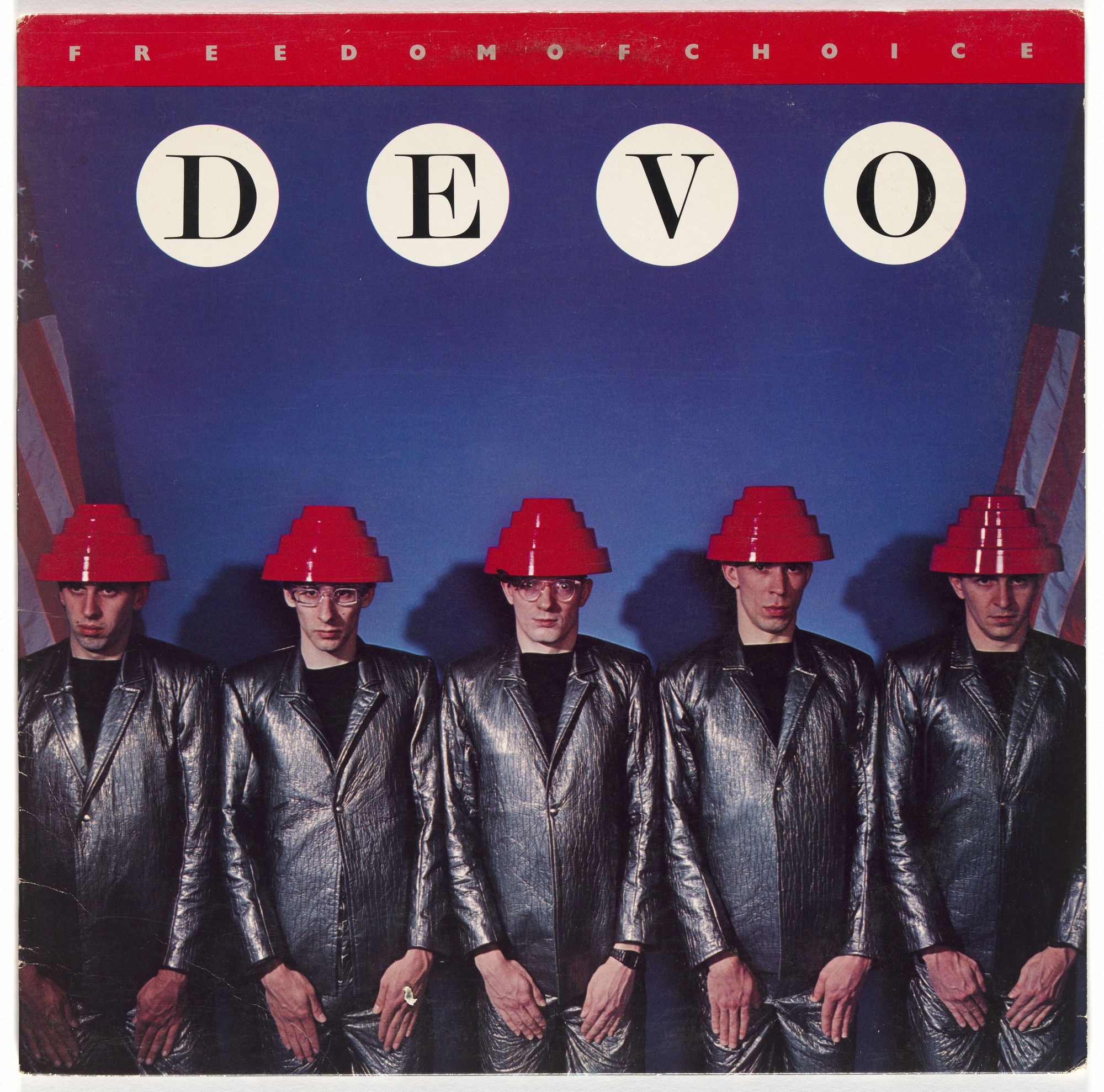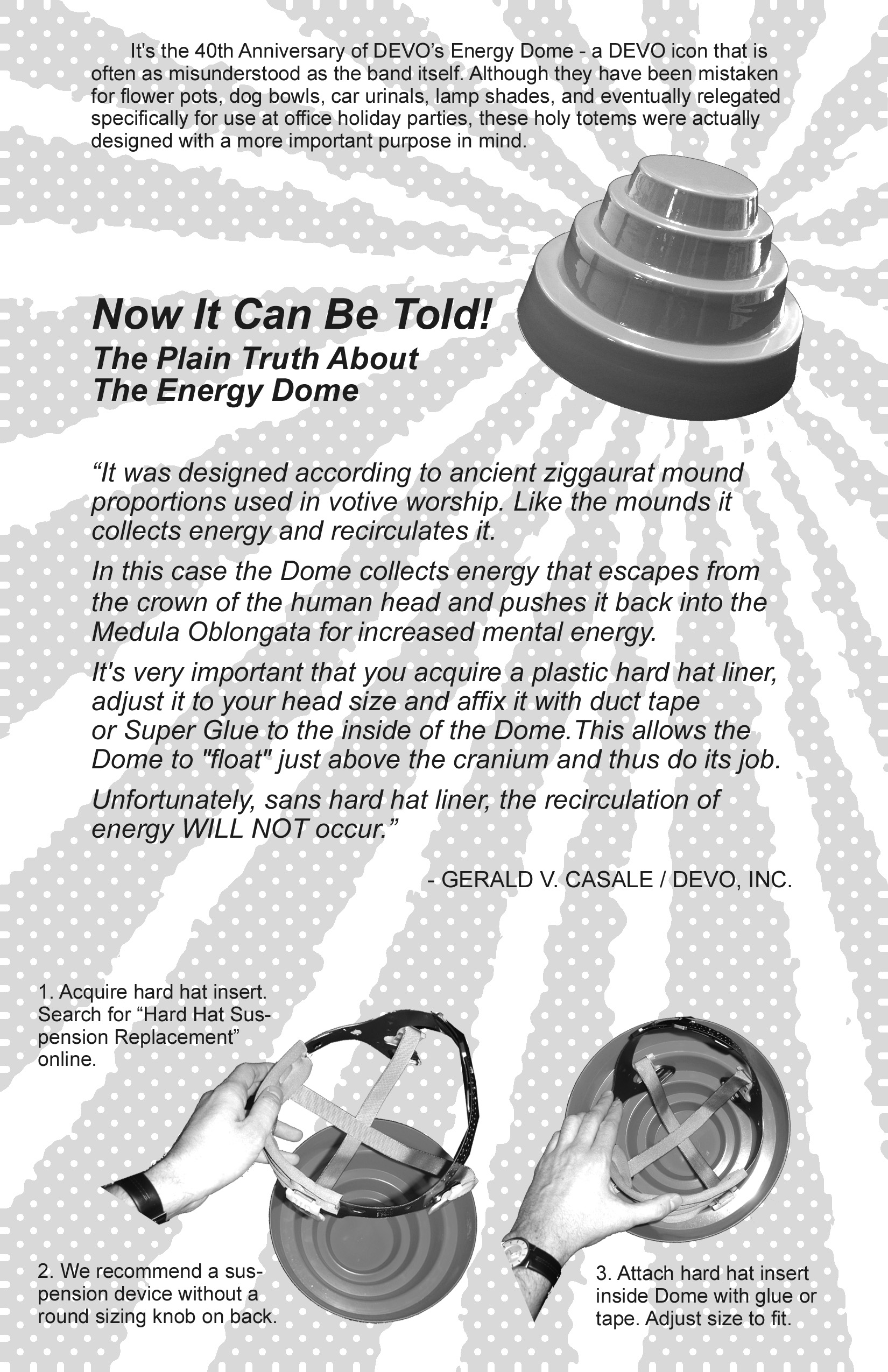The threat of widespread violence and unrest descends upon the country, thanks again to a collection of actors viciously opposed to civil rights, and in many cases, to the very existence of people who are different from them. They have been given aid and comfort by very powerful enablers. Veteran activists swing into action. Young people turn out by the hundreds week after week. But for many ordinary people with jobs, kids, mortgages, etc. the cost of participating in constant protests and civil actions may seem too great to bear. Yet, given many awful examples in recent history, the cost of inaction may be also.
What can be done? Not all of us are Rosa Parks or Howard Zinn or Martin Luther King, Jr. or Thich Nat Hanh or Cesar Chavez or Dolores Huerta, after all. Few of us are revolutionaries and few may wish to be. Not everyone is brave enough or talented enough or knowledgeable enough or committed enough or, whatever.
The problem with this kind of thinking is a problem with so much thinking about politics. We look to leaders—men and women we think of as superior beings—to do everything for us. This can mean delegating all the work of democracy to sometimes very flawed individuals. It can also mean we fundamentally misunderstand how democratic movements work.
In the video above, Noam Chomsky addresses the question of what ordinary people can do in the face of seemingly insurmountable injustice. (The clip comes from the 1992 documentary Manufacturing Consent.) “The way things change,” he says, “is because lots of people are working all the time, and they’re working in their communities or their workplace or wherever they happen to be, and they’re building up the basis for popular movements.”
In the history books, there’s a couple of leaders, you know, George Washington or Martin Luther King, or whatever, and I don’t want to say that those people are unimportant. Martin Luther King was certainly important, but he was not the Civil Rights Movement. Martin Luther King can appear in the history books ‘cause lots of people whose names you will never know, and whose names are all forgotten and who may have been killed and so on were working down in the South.
King himself often said as much. For example, in the Preface of his Stride Toward Freedom he wrote—referring to the 50,000 mostly ordinary, anonymous people who made the Montgomery Bus Boycott happen—“While the nature of this account causes me to make frequent use of the pronoun ‘I,’ in every important part of the story it should be ‘we.’ This is not a drama with only one actor.”
As for public intellectuals like himself engaged in political struggle, Chomsky says, “people like me can appear, and we can appear to be prominent… only because somebody else is doing the work.” He defines his own work as “helping people develop courses of intellectual self-defense” against propaganda and misinformation. For King, the issue came down to love in action. Responding in a 1963 interview above to a critical question about his methods, he counters the suggestion that nonviolence means sitting on the sidelines.
I think of love as something strong and that organizes itself into powerful, direct action…. We are not engaged in a struggle that means we sit down and do nothing. There’s a great deal of difference between nonresistance to evil and nonviolent resistance. Nonresistance leaves you in a state of stagnant passivity and deadening complacency, whereas nonviolent resistance means that you do resist in a very strong and determined manner.
Both Chomsky, King, and every other voice for justice and human rights would agree that the people need to act instead of relying on movement leaders. Whatever actions one can take—whether it’s engaging in informed debate with family, friends, or coworkers, writing letters, making donations to activists and organizations, documenting injustice, or taking to the streets in protest or acts of civil disobedience—makes a difference. These are the small individual actions that, when practiced diligently and coordinated together in the thousands, make every powerful social movement possible.
Note: This post originally appeared on our site in August 2017 when white supremacists (aka the president’s “many fine people”) marched in Charlottesville, VA. It speaks no less directly to the trauma of the current moment, so we’re bringing it back.
Related Content:
Noam Chomsky Defines What It Means to Be a Truly Educated Person
Henry David Thoreau on When Civil Disobedience and Resistance Are Justified (1849)
Saul Alinsky’s 13 Tried-and-True Rules for Creating Meaningful Social Change
Josh Jones is a writer and musician based in Durham, NC. Follow him at @jdmagness





